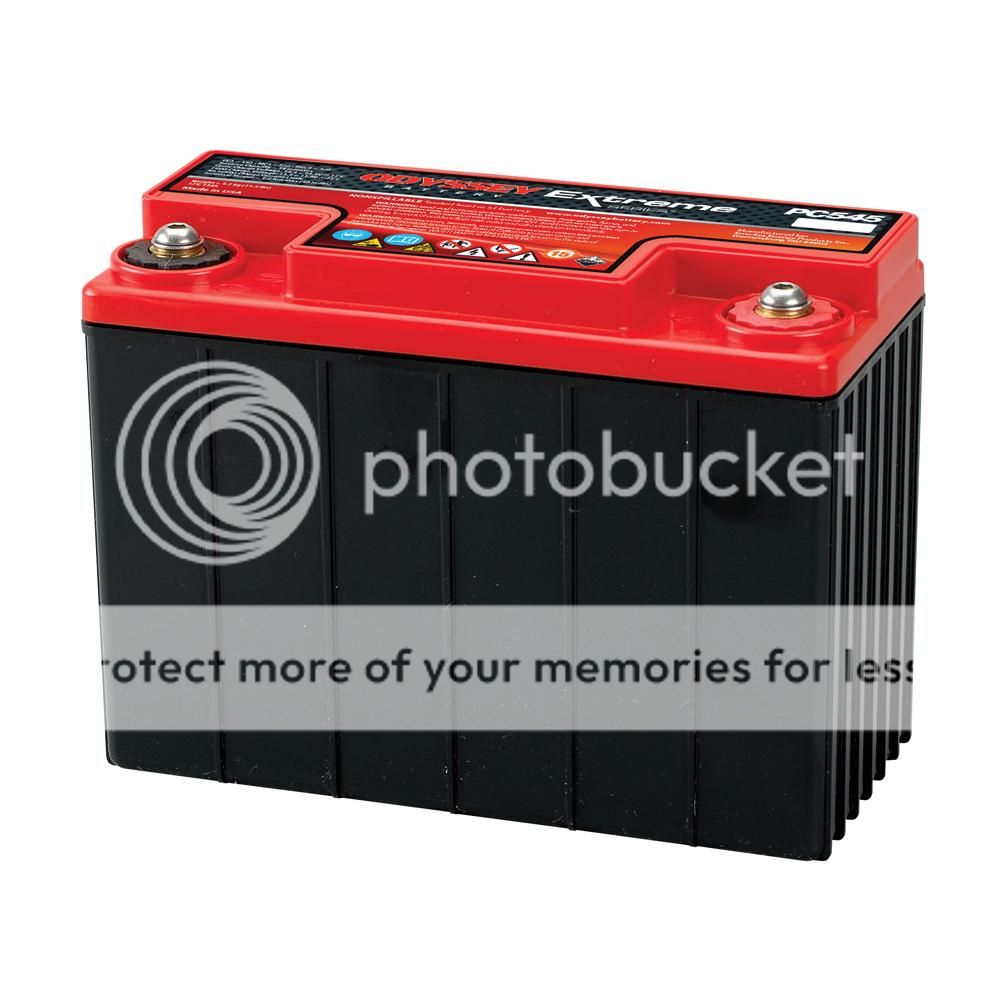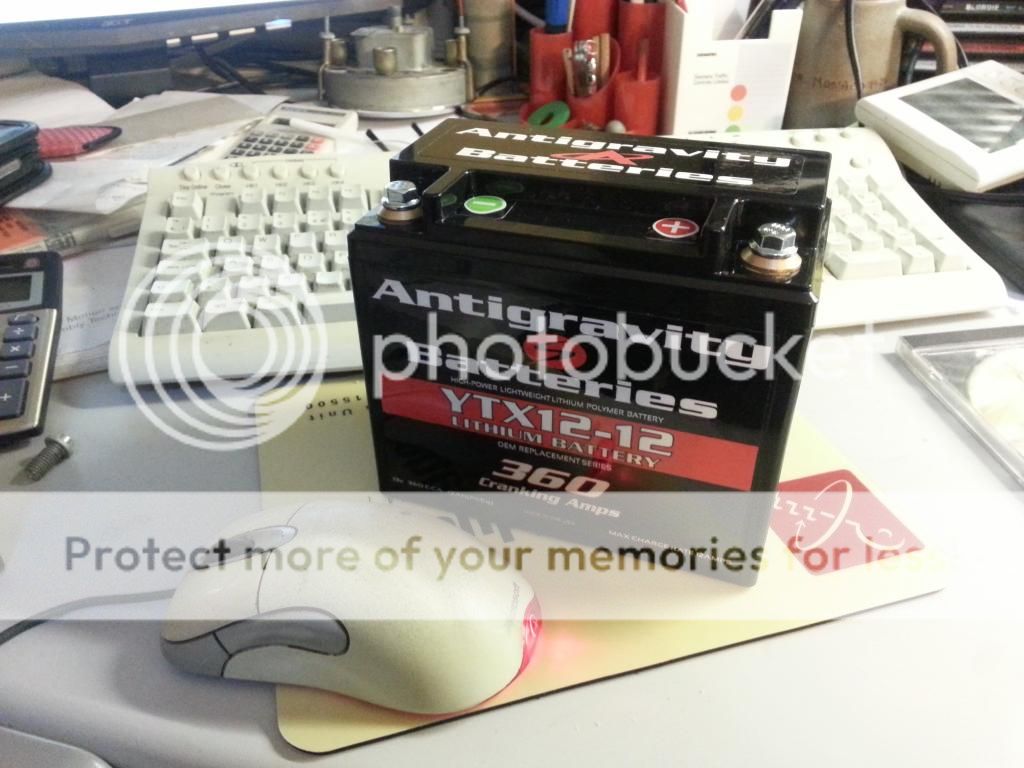You are using an out of date browser. It may not display this or other websites correctly.
You should upgrade or use an alternative browser.
You should upgrade or use an alternative browser.
At Last!. I have started on my car ;-) PART 2
- Thread starter pgarner
- Start date
How much boost are you planning to use to reach your power goals ??
I have fogotten, but I will ask the engine builder on Monday and let you know.
As the long winded carbon fibre doors saga resulted in reverting to the original doors (which, fortunately, I hadn't sold!), I decided to have a go at reducing their weight. My target is to remove 1kg per door. So far I have removed 640 grams of fibre glass from this door. I have also removed 6 layers of paint which is a bonus but I am not counting that.

In standard form, the original doors, motor, glass and frame weigh in at 13.9kg. Glass is being replaced with lexan and frame/glass support with just a frame around the glass and no motor. I have carbon fibre door cards.
The CV boot clamp tool arrived yesterday so I can now fit the clamps:


In standard form, the original doors, motor, glass and frame weigh in at 13.9kg. Glass is being replaced with lexan and frame/glass support with just a frame around the glass and no motor. I have carbon fibre door cards.
The CV boot clamp tool arrived yesterday so I can now fit the clamps:

Ordered an aluminium battery cable from Jegs in the States. It is being delivered to sister-in-law in LA as she is coming over at the end of January 
Aluminium doesn't conduct electricty as well as copper. However, as electricity is conducted along the surface of a wire (or so I have been told) the trick is to coat the aluminium wire with copper. You then get the best of both worlds.
Buying this on its own incurred a $5 handling charge as order was below $30. So I bought a 1/4 turn fastener wrench for $4.99 effectively getting it for free
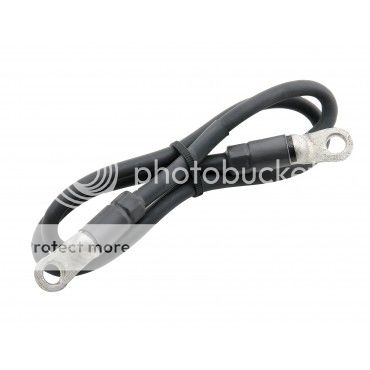
Aluminium doesn't conduct electricty as well as copper. However, as electricity is conducted along the surface of a wire (or so I have been told) the trick is to coat the aluminium wire with copper. You then get the best of both worlds.
Buying this on its own incurred a $5 handling charge as order was below $30. So I bought a 1/4 turn fastener wrench for $4.99 effectively getting it for free

geraint13
Pro Tuner
eye for a bargain steve !!
As you said Dzus 1/4 turn are ideal, small and lightweight.
Do I use Dzus as they are the defacto fastener, or one of the other similar fasteners?
The key word to get Steve's attention is "lightweight"
Ah, you have noticed
An extra advantage of this battery is, being so damn light, I can put it anywhere. Decided to put it up the front of the passenger footwell (or what is left of the footwell) as this reduces the length of the battery and other cables eminating from it. A win win I think 
I am getting the hang of this adding lightness business.
I am getting the hang of this adding lightness business.
Teenager2413
Torque Junkie
i think its time i finally get mine on here got two project cars on the go at the moment
the super 7
and a rather large overhaul on a 1983 3.5 v8 defender
oh and the fun bit i do with my astra
the super 7
and a rather large overhaul on a 1983 3.5 v8 defender
oh and the fun bit i do with my astra
Bob, my suspension/chassis guru came round this afternoon. We set the dampers up at 1 and a tad bounce, but this will have to be adjusted once body, engine, gearbox, etc is added.
Next job was to check out the torsional stiffness. To do this we attached bars at the critical points so we could measure relative twisting here as well as measuring rear spring compression.

Took base measurements and then raised front right side 25mm and took new measurements. Repeated this for 50, 75 and 100mm.
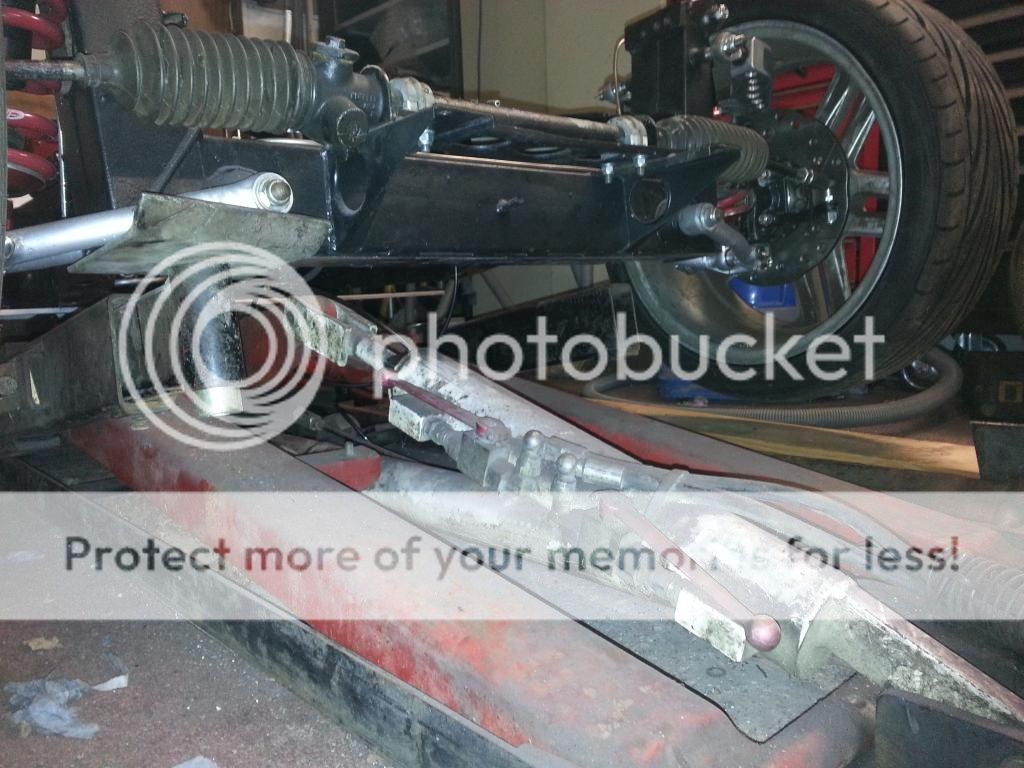
I did a little Acad drawing and emailed it to Bob. I am awaiting his response.
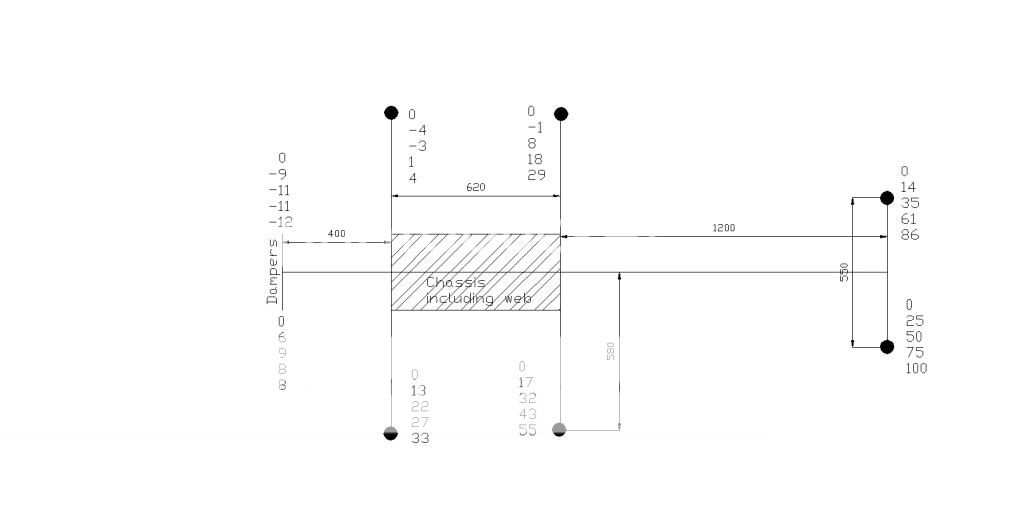
We have already decided to stiffen the central box secion with 2mm S30 aluminium wrapped completely around it with siffeners to add rigidity. This will be glued and pop riveted on.
The body will be fixed to the chassis with more than the standard 14 bolts. I will also be stiffening the area around the door openings by gluing the carbon fibre inner side panels to the body (as standard these are carpet covered hardboard).
Next job was to check out the torsional stiffness. To do this we attached bars at the critical points so we could measure relative twisting here as well as measuring rear spring compression.

Took base measurements and then raised front right side 25mm and took new measurements. Repeated this for 50, 75 and 100mm.

I did a little Acad drawing and emailed it to Bob. I am awaiting his response.

We have already decided to stiffen the central box secion with 2mm S30 aluminium wrapped completely around it with siffeners to add rigidity. This will be glued and pop riveted on.
The body will be fixed to the chassis with more than the standard 14 bolts. I will also be stiffening the area around the door openings by gluing the carbon fibre inner side panels to the body (as standard these are carpet covered hardboard).
geraint13
Pro Tuner
steve, how do you stop reaction between the two metals ? IE aluminium and steel ? in work duck tape does the job but on your magic motor, don't think tape will cut it lol.
steve, how do you stop reaction between the two metals ? IE aluminium and steel ? in work duck tape does the job but on your magic motor, don't think tape will cut it lol.
By making sure there is no electrolyte in the vicinity
Basically, keep it dry. Drag racing is a dry motor sport and any highway driving wil lbe done in the dry only. Regular inspection is also important.
Titanium bolts are corrosion resistant but will react with aluminium and steel if favourable conditions are allowed to develop.
The calculations have been done and it is as we suspected. The torsional rigidity of the chassis is, not to put too fine a point on it, crap.
Right, how to stiffen things up?
The body, contrary to what I always thought, does add significantly to the torsional rigidity of the chassis, so this is where I plan to attack the problem. I have dropped the idea of widening the central section of the chassis as this just makes more problems.
My plan is to stiffen up the floor A and the box section B covering the chassis with carbon fibre. I will glue the carbon fibre panels that surround the door opening D to the existing body and join the floor carbon fibre to them. I will also triangulate the joints between B-D.
I will then bolt the body to the chassis with a lot more fasteners than the standard 16, especially in the cental box area. I will sandwich the body between the chassis flange and a steel strip in order to add axtra stiffness.
The roll bar fits to the body fasterners 13 and 14 and bolts to the chassis at the locations in red C
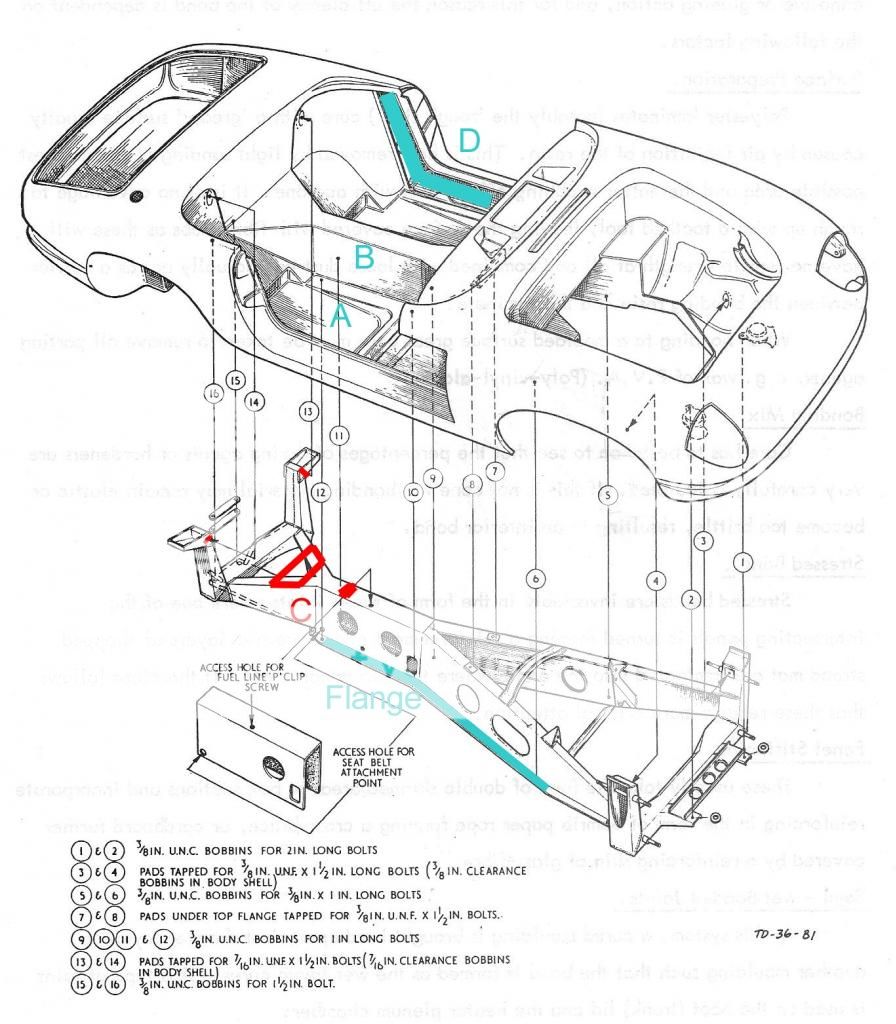
I will also look to add vertical stiffening between the body's central box section and the outer body panels wherever possible.
All extra weight, I know, but sometimes there is no choice :-(
Right, how to stiffen things up?
The body, contrary to what I always thought, does add significantly to the torsional rigidity of the chassis, so this is where I plan to attack the problem. I have dropped the idea of widening the central section of the chassis as this just makes more problems.
My plan is to stiffen up the floor A and the box section B covering the chassis with carbon fibre. I will glue the carbon fibre panels that surround the door opening D to the existing body and join the floor carbon fibre to them. I will also triangulate the joints between B-D.
I will then bolt the body to the chassis with a lot more fasteners than the standard 16, especially in the cental box area. I will sandwich the body between the chassis flange and a steel strip in order to add axtra stiffness.
The roll bar fits to the body fasterners 13 and 14 and bolts to the chassis at the locations in red C

I will also look to add vertical stiffening between the body's central box section and the outer body panels wherever possible.
All extra weight, I know, but sometimes there is no choice :-(
geraint13
Pro Tuner
Over time, they react, I was told regardless of the conditions. but as you say regular inspection will negate this as you say.By making sure there is no electrolyte in the vicinity
Basically, keep it dry. Drag racing is a dry motor sport and any highway driving wil lbe done in the dry only. Regular inspection is also important.
Titanium bolts are corrosion resistant but will react with aluminium and steel if favourable conditions are allowed to develop.
T9 man
TC ModFather
 I like it
I like it I like it

Lotus are also known as collectors items..................................You have to keep stopping to collect the items that have fallen off.
Teenager2413
Torque Junkie
im gunna guess either prop shaft or drive shafts
T9 man
TC ModFather
Lotus are also known as collectors items..................................You have to keep stopping to collect the items that have fallen off.

As I understand it:
They are lighter. The material removed doesn't add much to the overall strength as it is from the centre.
Drilling on its own doesn't make them stronger as such, so the shafts are heat treated after drilling to add surface strength and the drilled holes add to that surface area.
The shafts have more spring in them. This allows the shafts to absorb shock loadings better. They also absorb the stresses of twisting better.
They are lighter. The material removed doesn't add much to the overall strength as it is from the centre.
Drilling on its own doesn't make them stronger as such, so the shafts are heat treated after drilling to add surface strength and the drilled holes add to that surface area.
The shafts have more spring in them. This allows the shafts to absorb shock loadings better. They also absorb the stresses of twisting better.
Similar threads


